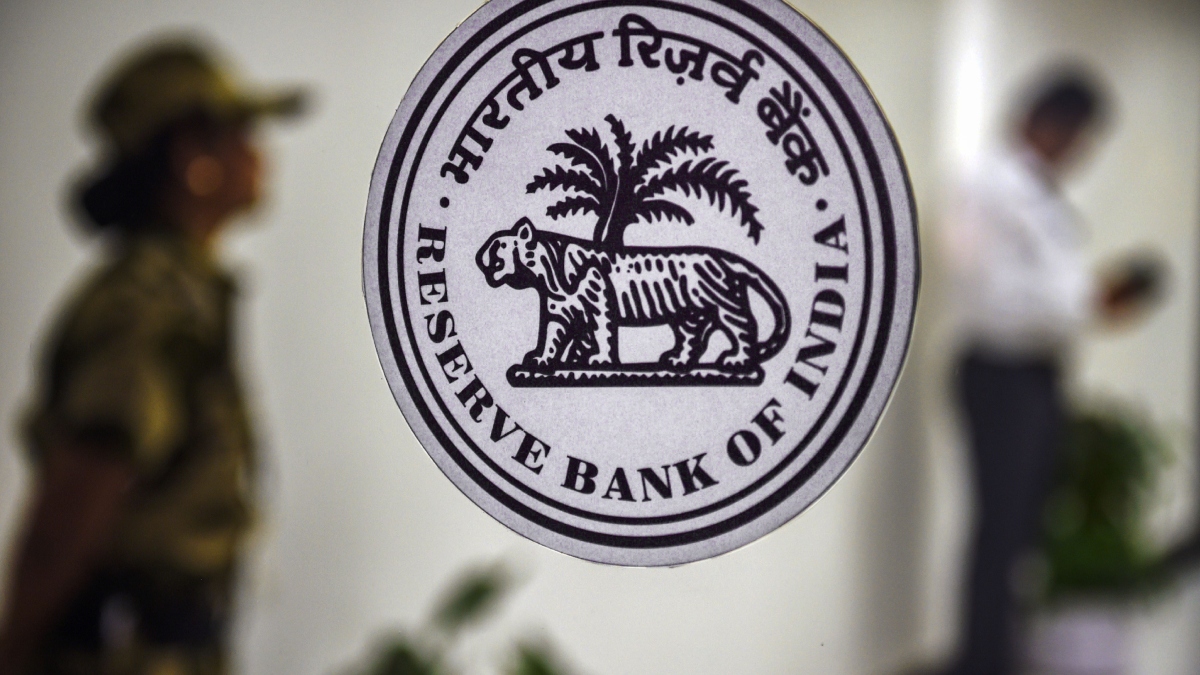The government and the Reserve Bank of India are looking at the entry of new banks and merge some of the existing public sector banks to create a financial system that can encourage risk-taking ability to support the pace of growth in a country that is slated to be the third largest economy by 2027-28. India hasn’t issued any fresh banking licences for almost a decade.
One of the options is to encourage small finance banks and large non-banking finance companies owned by conglomerates to transition into full-fledged banks, subject to the guidelines prescribed by the central bank. In 2016, business houses were barred from applying for banking.
Officials said while entities already doing banking kind of activities should be given priority for giving new licences, the RBI norms on promoter holding of a maximum 26% would have to be honoured as per the glide path already prescribed. Besides, these banks will not be permitted to do business with the promoter groups, which was a malaise in the Indian banking space before their nationalisation. While the talks are still at a very early stage, there will obviously be several conditions, such as prescribing limits for how much stake the conglomerates could hold in the banks and what kind of control they will wield
Right now only two Indian lenders — State Bank of India and HDFC Bank — feature in the top 100 global banks by total assets. China and the US have rivals among the top 10. SBI is ranked 43rd globally by assets and HDFC Bank is ranked 73rd. The government wants at least a couple of banks in the top ten globally, officials said.
India has 12 public sector banks, 21 private sector banks and 11 small finance banks. There are also about 44 foreign banks and 5 payment banks operating, among others.
“We need a couple of big banks, and then we also need a large number of banks,” an official said, adding that the middle layer and upper layer NBFCS and SFBs should seek a banking licence.
Officials said currently, India does not allow corporate-owned banks. Corporate-owned NBFCs want to become banks as well as own 51% stake in banks. “Both can’t work,” the official said, adding that even if a corporation initially owns a majority stake in a scenario, there would be curbs on lending to itself or related entities.
The Banking Regulation Act 1949 stipulates that no shareholder of a banking company can exercise voting rights more than 26%. Promoters having more than 26% stake are usually given a glide path in private banks to reduce their stake to 26% over a period of time.
In May, RBI governor Sanjay Malhotra had said that the central bank was examining shareholding norms and licensing rules for banks as part of a broader review. While India permits 74% foreign investment in private banks, it caps a single financial entity’s holding at 15% unless a regulatory exemption is granted on a case-by-case basis. For example, if the majority stake buyer in IDBI Bank turns out to be Emirates NBD, one of the shortlisted bidders, it would have to follow the RBI glide path to bring down its stake.
In 2019, the Indian government announced a major consolidation of public sector banks (PSBs), reducing the number of PSBs from 27 to 12 through mergers.This involved merging 10 PSBs into 4 larger entities, with the remaining 6 staying independent.








